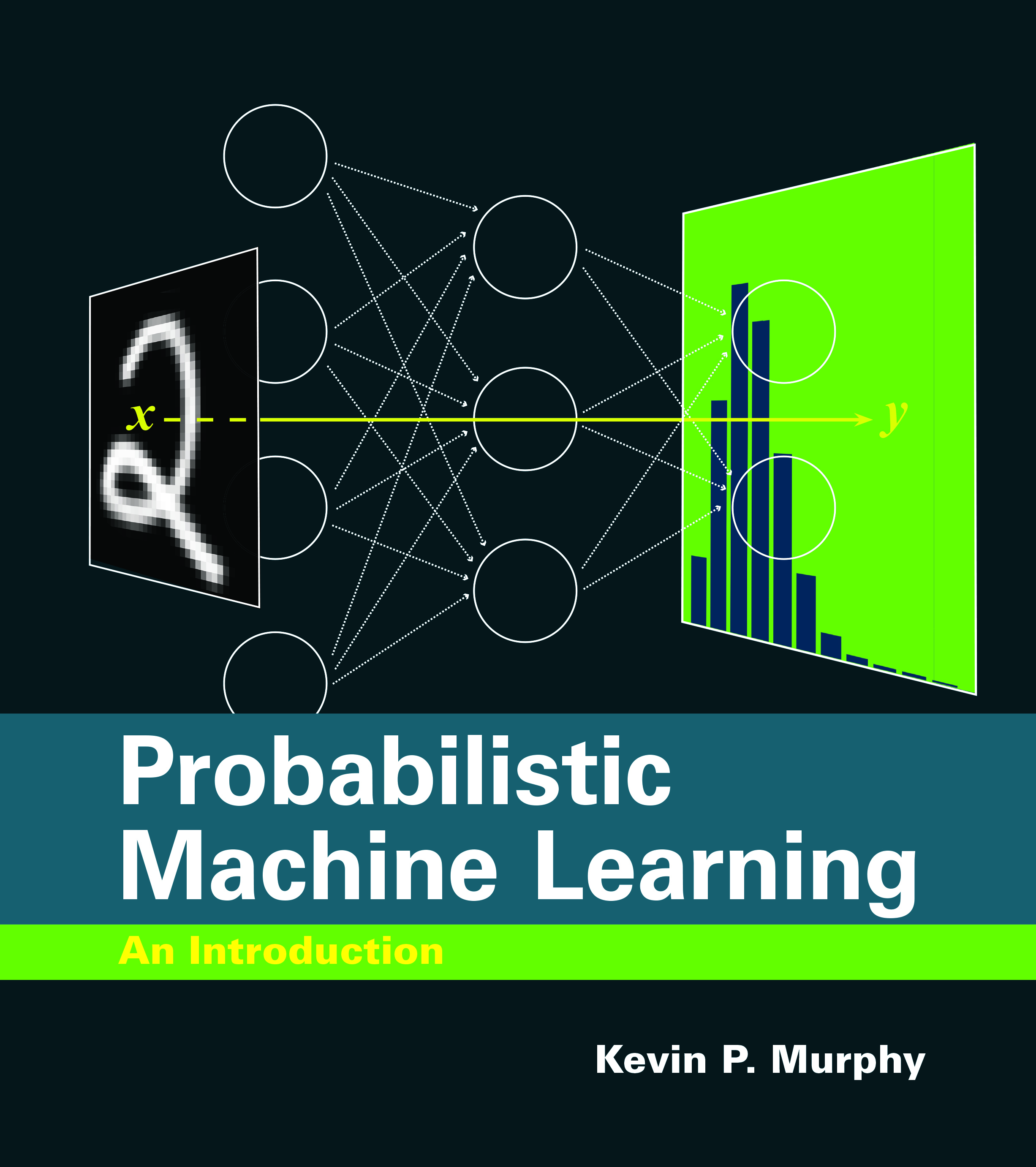Probabilistic Machine Learning: An Introduction, Kevin Murphy

In this book, we will cover the most common types of ML, but from a probabilistic perspective. Roughly speaking, this means that we treat all unknown quantities (tomorrow’s temperature, or the parameters of some model) as random variables, that are endowed with probability distributions that describe a weighted set of possible values the variable may have. There are two main reasons we adopt a probabilistic approach. First, it is the optimal approach to decision-making under uncertainty. Second, probabilistic modeling is the language used by most other areas of science and engineering and thus provides a unifying framework between these fields.
I. Foundation
II. Linear Models
III. Deep Neural Networks
IV. Non parametric model
V. Beyond supervised learning